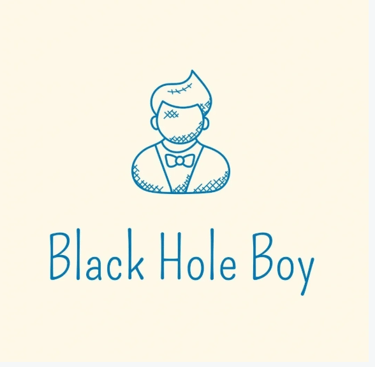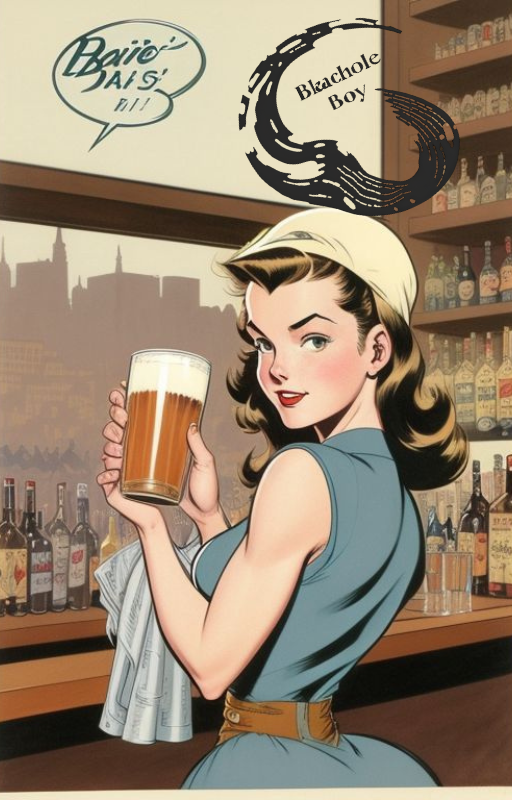Raising a Glass to Yesterday
The Golden Age of American Bars and Their Iconic Barmaids
There's something inherently nostalgic about classic American bars of the 1940s and 50s—those warm, wood-paneled sanctuaries where the amber glow of liquor bottles lined up against mirrored backdrops created an atmosphere that modern establishments struggle to replicate. Perhaps no element of these bygone watering holes captures the imagination quite like the iconic barmaids who served up drinks with style, wit, and a dash of mid-century charm.
The Rise of the American Barmaid
The post-Prohibition era saw a transformation in American drinking culture. As the nation emerged from the Great Depression and moved through World War II into the prosperity of the 1950s, bars evolved from the male-dominated saloons of old into more sophisticated establishments. With this evolution came a new figure in American hospitality: the professional barmaid.
These weren't the saloon girls of Wild West lore, but professional women who brought a touch of class and personality to the emerging cocktail culture. Dressed in crisp uniforms—often featuring blouses with vests or tailored dresses cinched with wide belts—they became the friendly faces of neighborhood establishments across America's burgeoning urban landscapes.
More Than Just a Pretty Face
The popular imagery of the era—captured in advertisements, postcards, and pin-up art—often portrayed barmaids as attractive young women with winning smiles. But this glossy exterior masked the reality: being a successful barmaid required exceptional skill and resilience.
These women were master multitaskers before the term existed. They memorized dozens of drink recipes, handled cash transactions without modern registers, mediated disputes between patrons, and maintained the delicate social ecosystem of their establishments—all while staying on their feet for shifts that often stretched well into the night.
As one former barmaid from Chicago's famous Palmer House recalled in a 1987 interview: "People think we just smiled and poured drinks. But we were psychologists, accountants, and sometimes even bouncers all rolled into one. And we did it wearing heels."
A Different Era of Service
The barmaids of this golden age operated in a social context vastly different from today. Their interactions with customers followed unwritten rules that now seem like relics from another time. They were masters of the friendly-but-professional demeanor that encouraged regular patronage while maintaining appropriate boundaries.
Many establishments had their own signature service styles. At New York's famed Barre Al's 911 (immortalized in popular artwork of the era), barmaids were known for their encyclopedic knowledge of regular customers' preferences. A patron might be greeted by name and find their usual drink appearing before they'd even settled onto their barstool.
The best barmaids were celebrated for their ability to pour a perfect beer with just the right amount of head, serve it with a flourish, and do it all while keeping up friendly banter with a counter full of customers. It was theater as much as service, performed eight hours a day, six days a week.
Behind the Smile
While nostalgia tends to romanticize this era, it's important to acknowledge the challenges these women faced. Sexual harassment was commonplace and largely unaddressed. Pay was often unpredictable, heavily dependent on tips. Job security could be nonexistent.
Many barmaids worked in establishments with explicit or implicit dress codes designed to emphasize their femininity for the predominantly male clientele. The iconic image of the smiling barmaid in a form-fitting uniform reflected real expectations that prioritized appearance alongside skill.
Yet despite these challenges, many women found genuine agency and economic independence in the profession. In an era when female career options were limited, bar work offered relatively good income, flexible hours, and a social environment that many found preferable to factory work or domestic service.
The Neighborhood Hub
What made many of these vintage bars special wasn't just the drinks or even the charismatic barmaids—it was their role as community anchors. In cities across America, the local bar functioned as an informal community center where neighbors gathered, relationships formed, and local news spread.
Barmaids often served as the connective tissue of these communities. They remembered birthdays, asked about family members by name, and kept track of the small details that made regulars feel valued. They were confidantes, advisors, and sometimes even matchmakers.
At establishments like Boston's historic Green Dragon or Chicago's Berghoff, generations of the same families worked behind the bar, creating institutions that were as much about the people serving the drinks as the drinks themselves.
The Legacy Lives On
While the heyday of the classic American bar and its iconic barmaids has passed, their influence persists in today's hospitality culture. The craft cocktail renaissance of recent decades owes much to this golden age, with many modern establishments deliberately evoking the aesthetics and service styles of mid-century bars.
Some historic establishments have managed to preserve not just their physical spaces but something of their original spirit. Step into McSorley's Old Ale House in New York or the Buena Vista Cafe in San Francisco, and you might catch a glimpse of what made these places special—though you'll notice that today's bar staff includes people of all genders, reflecting our evolved understanding of equality.
The image of the classic barmaid serving a perfectly poured beer with a smile and a quip remains a powerful piece of Americana. It recalls a time when the local bar was more than just a place to drink—it was a community institution, a respite from the outside world, and a stage for the small human dramas that make up everyday life.
So the next time you find yourself seated at a bar, enjoying the simple pleasure of a well-served drink and friendly conversation, take a moment to appreciate this enduring tradition. The golden age may have passed, but its spirit lives on, one perfectly poured beer at a time.
What are your memories of classic American bars? Share your stories in the comments below!
Get in touch




